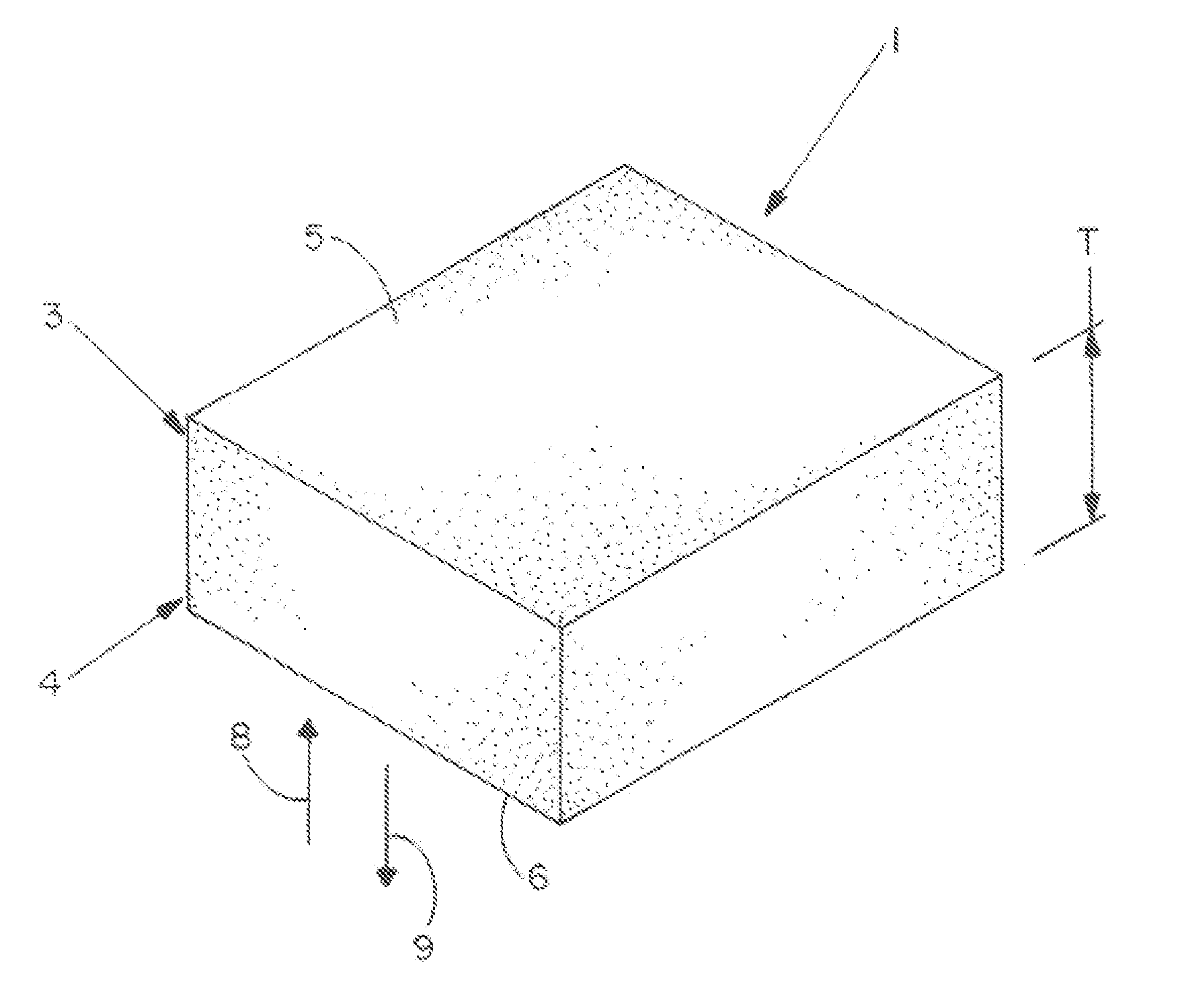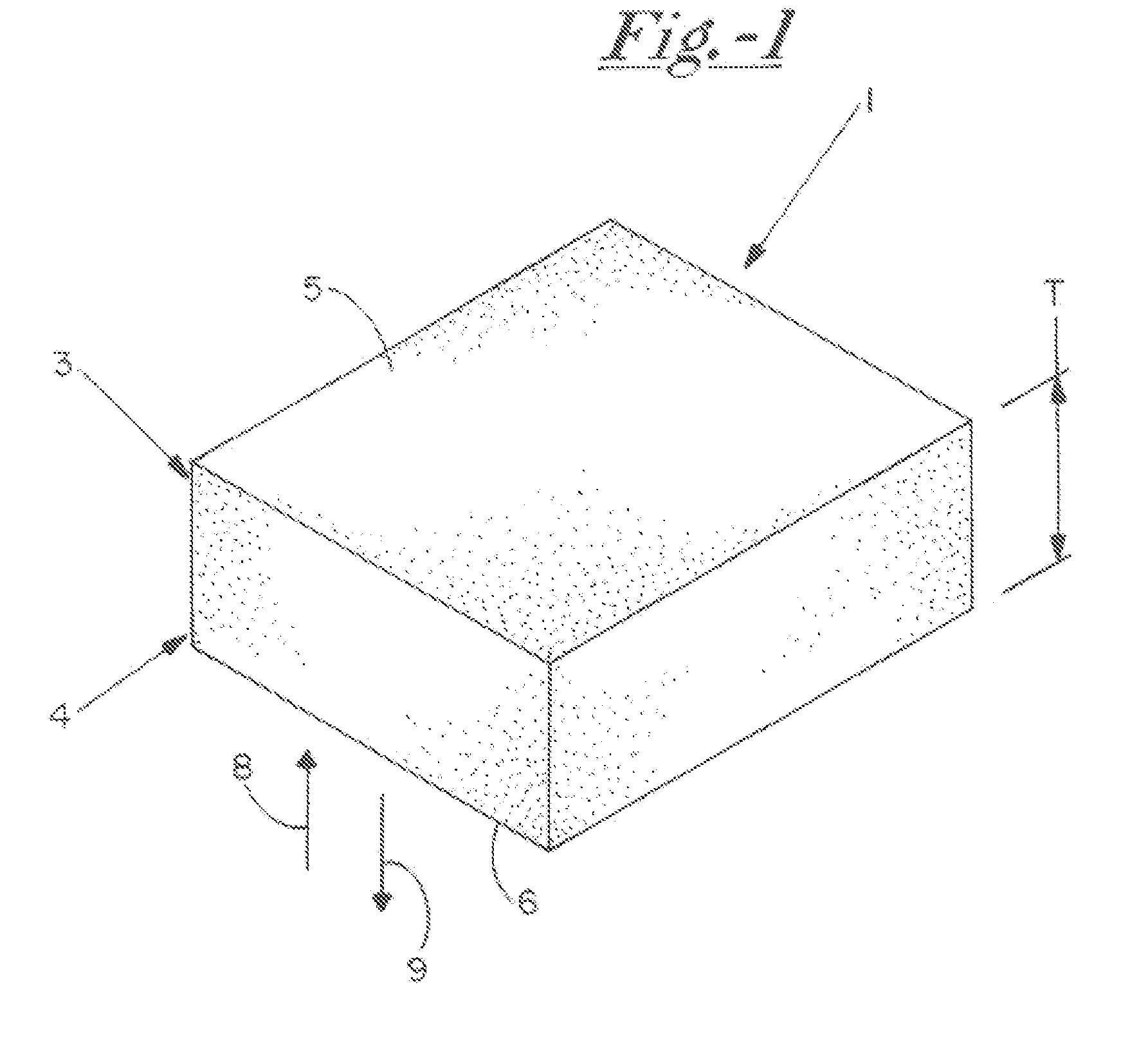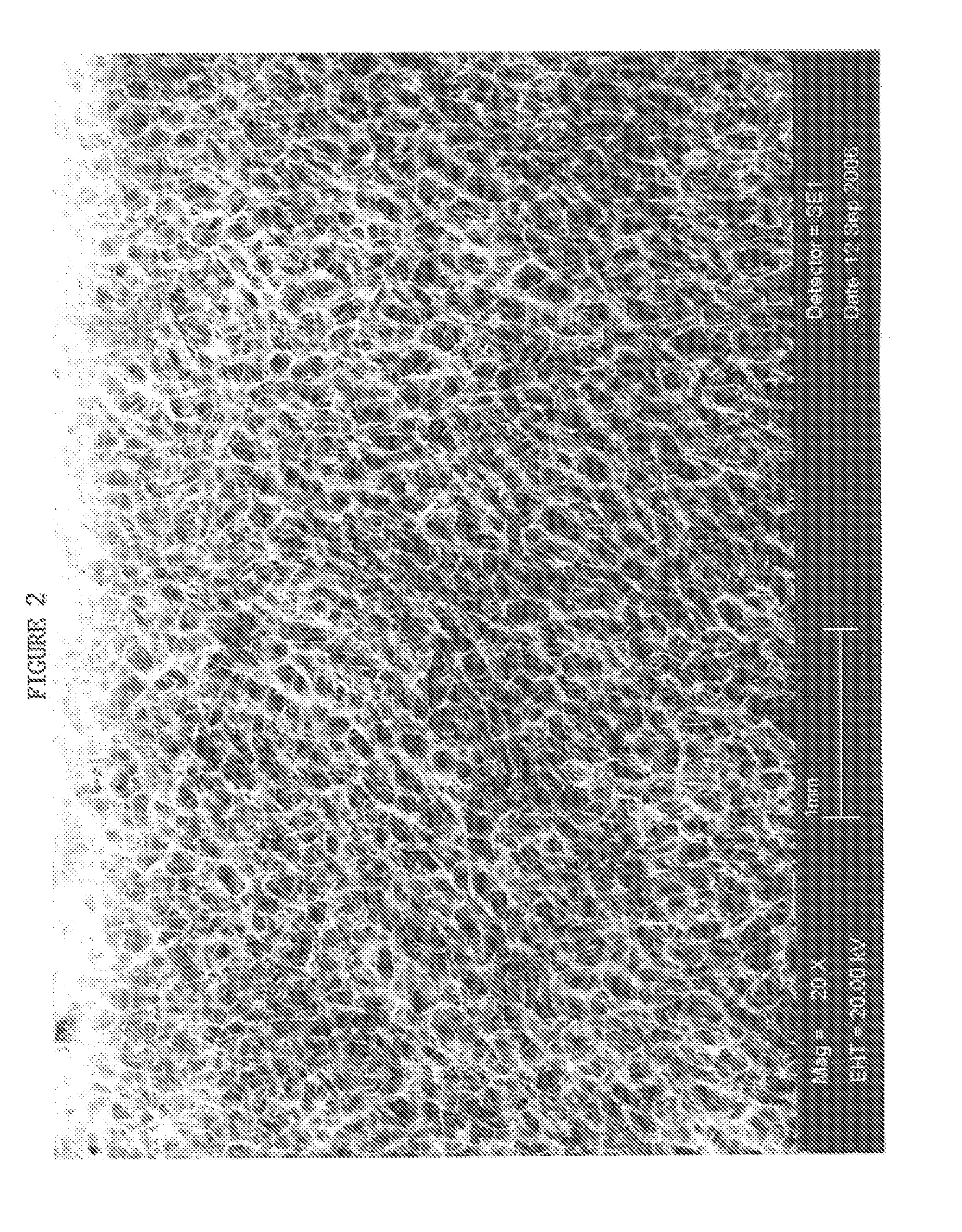Bioactive scaffold for therapeutic and adhesion prevention applications
a bioactive scaffold and tissue technology, applied in the direction of prosthesis, drug compositions, peptide/protein ingredients, etc., can solve the problems of reduced tissue oxygenation, inadequate blood supply, and common conditions such as intestinal obstruction, and achieve the effect of promoting the remesothelialization of normal body tissu
- Summary
- Abstract
- Description
- Claims
- Application Information
AI Technical Summary
Benefits of technology
Problems solved by technology
Method used
Image
Examples
example
[0036] The TAS is a highly porous, three-dimensional thin sheet or “scaffold” that is prepared by co-precipitation of collagen and a glycosaminoglycan (e.g. chondroitin-6-sulfate), followed by lyophilization. The relevant properties of the TAS (including, but not limited to, its anti-adhesive, bioadhesive, bioresorptive, antithrombogenic and physical properties) can be modified by adjusting the chemical composition, pore size, pore volume fraction, degree of cross-linking, and TAS thickness to yield a scaffold variant that is designed to suit the specific needs of a wide array of wound sites. The initial incarnation of the TAS scaffold is a collagen-glycosaminoglycan (GAG) scaffold with a mean pore size between 5 and 200 μm, preferably between 20 and 150 μm; relative density of 0.5-10%, preferably 0.5-5%; and a degradation half life of 1-6 weeks, preferably 1-4 weeks. Scanning electron microscope photographs taken of a TAS scaffold in accordance with this example are shown in FIGS. ...
PUM
| Property | Measurement | Unit |
|---|---|---|
| mean pore size | aaaaa | aaaaa |
| degradation half life | aaaaa | aaaaa |
| degradation half life | aaaaa | aaaaa |
Abstract
Description
Claims
Application Information
 Login to View More
Login to View More - R&D
- Intellectual Property
- Life Sciences
- Materials
- Tech Scout
- Unparalleled Data Quality
- Higher Quality Content
- 60% Fewer Hallucinations
Browse by: Latest US Patents, China's latest patents, Technical Efficacy Thesaurus, Application Domain, Technology Topic, Popular Technical Reports.
© 2025 PatSnap. All rights reserved.Legal|Privacy policy|Modern Slavery Act Transparency Statement|Sitemap|About US| Contact US: help@patsnap.com



